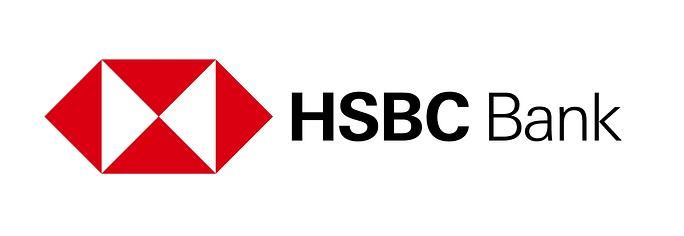Article content
Statistics Canada’s consumer price index, the country’s main inflation gauge, increased 6.9 per cent in September from a year earlier, compared with seven per cent the previous month, suggesting inflationary pressures are receding, albeit slowly. Here’s what you need to know:
Article content
Year-over-year increases in the consumer price index have now dropped for three consecutive months.
Lower gasoline prices explain most of the decline; they only rose 13.2 per cent from September 2021, compared with an annual increase of 22.1 per cent in August.
Excluding food and energy, inflation rose 5.4 per cent from a year earlier, compared with 5.3 per cent the previous month.
Article content
Context
The Bank of Canada aims to keep year-over-year increases in the consumer price index contained within a zone of one per cent to three per cent by targeting the midpoint, or two per cent.
Inflation broke out of that range in April 2021 and never looked back. Annual increases peaked at 8.1 per cent in June, the biggest in four decades, as gasoline prices, diminished stores of food staples, global supply disruptions, overheated housing markets and a surge in demand after the pandemic combined to create a perfect storm of inflationary pressures.
Article content
It’s a global phenomenon that is more acute in some places than in Canada. The UK reported Oct. 10 that its consumer price index rose 10.1 per cent in September from a year earlier.
Bottom line
Evidence that inflationary pressures are easing is positive. However, prices are still rising faster than wages, so households will continue to feel squeezed, and politicians and policymakers will continue to feel pressure to do something about it. The Bank of Canada’s leaders have been clear that they aren’t finished raising interest rates to douse “excess demand.” The latest inflation reading will reinforce their resolve.
• Email: kcarmichael@postmedia.com | Twitter:




